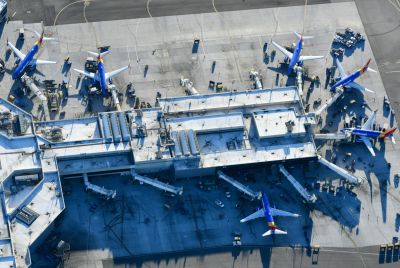Moscow Metro's beautiful stations transport tourists to another era
The Moscow Metro is the world's most beautiful underground rail system and a tourist sight in its own right.
The Moscow Metro is the world's most beautiful underground rail system and a tourist sight in its own right. Created as a showcase for the Soviet Union, its elaborate, spacious stations are adorned with mosaics, marble statues and stained glass that tell the story of the communist state.
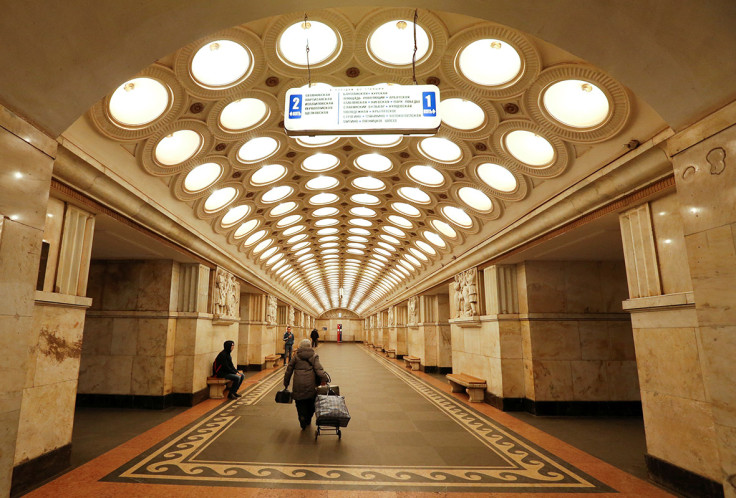
To step into a Moscow Metro station is to step back in time and immerse yourself in a museum rich in architecture and history. Built under Stalin and opened in 1935, the Moscow Metro is an extravagant underworld featuring Art Deco styling, baroque plasterwork, marble columns, glittering chandeliers and USSR propaganda images.

When it opened in 1935, the Metro had just 11 stations and attracted 285,000 curious riders on the first day. Today there are 206 stations and up to nine million passengers a day. The immaculate stations are a mix of old and new. Get off at Ploshchad Revolutsii (Revolution Square) and you will see passengers going up to a statue of a border guard and rubbing his dog's nose for luck. There are four such statues in the station, and all the dogs have shiny noses from the constant rubbing.
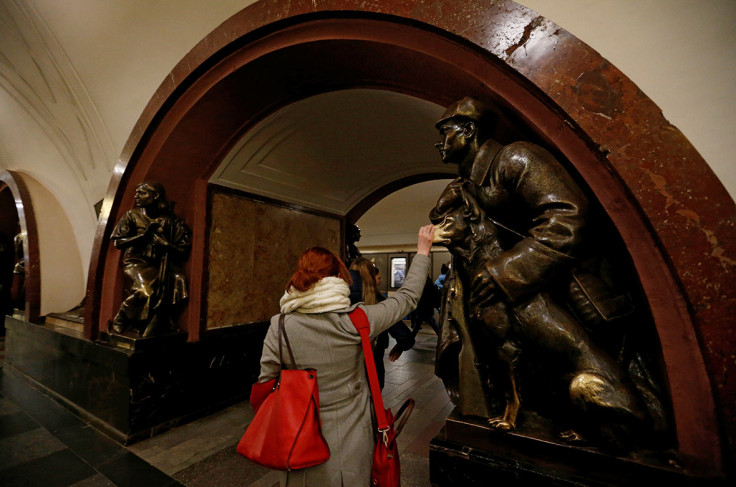
The Metro was originally named after Vladimir Ilyich Lenin, and the Bolshevik leader's image was and still is found in stations throughout the Metro: in statues, mosaics and a giant bust of Lenin on the wall in Ploshchad Ilyich (Ilyich Square) metro station.
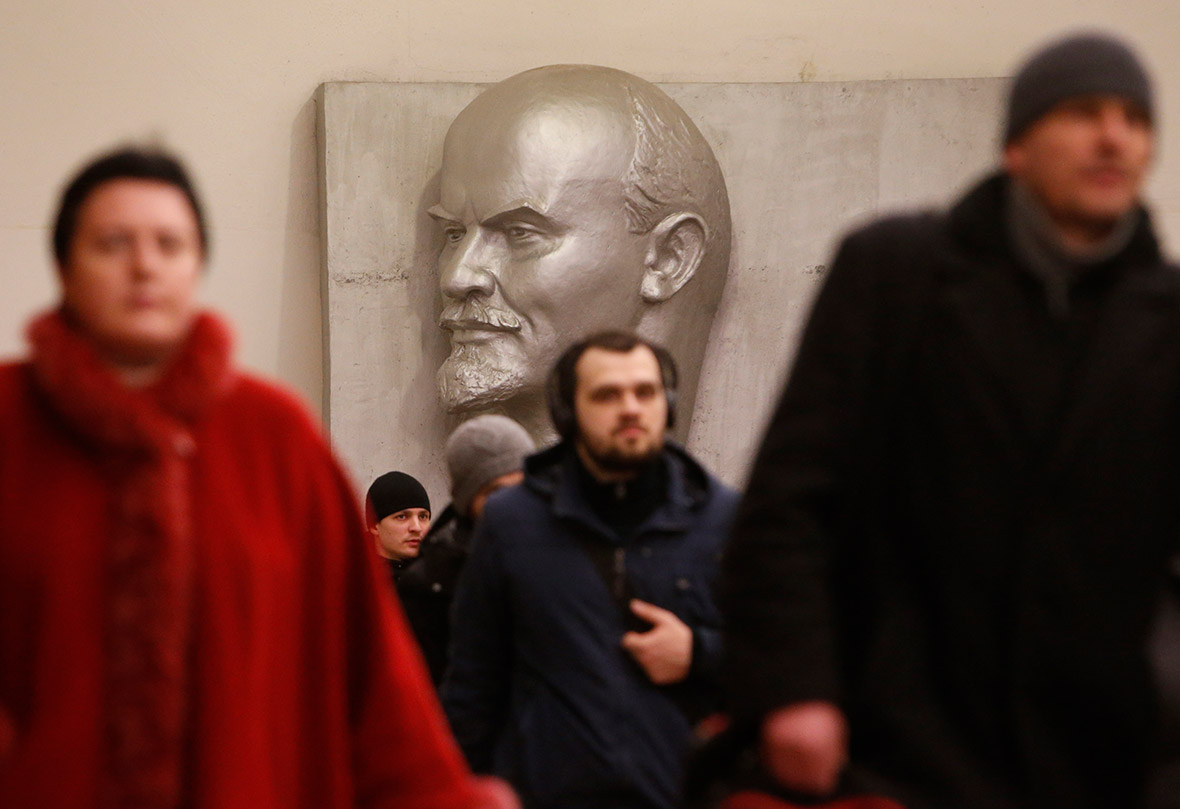



The image of his successor Josef Stalin was also seen on the metro until Soviet leader Nikita Khrushchev denounced him in 1956, prompting the dismantling of statues of him all over the Soviet Union. A ceiling panel in Belorusskaya Metro station, which shows three women holding a hammer and sickle wreath, with the letters CCCP, originally depicted the women reaching to touch a bust of Stalin.
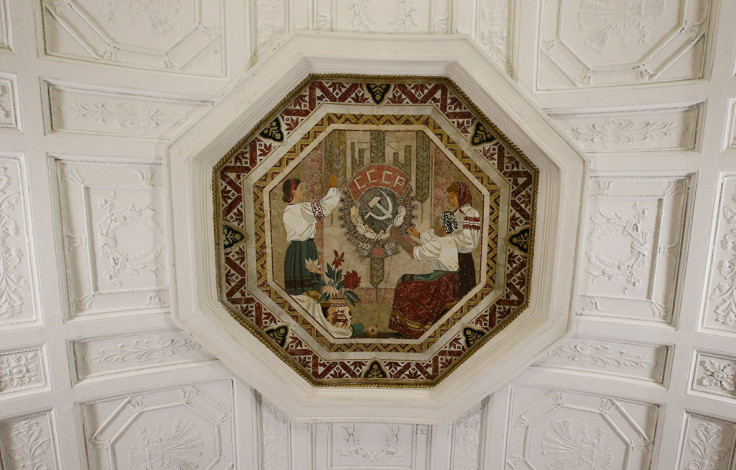
Only recently under President Vladimir Putin have more favourable references to Stalin crept back into the patriotic narrative of the Second World War. A 2009 renovation of Kurskaya station, surprised people with its inclusion of the words of the Soviet anthem as it used to be sung under Stalin: "Stalin reared us — on loyalty to the people. He inspired us to labour and to heroism."

At Kievskaya, a station built in 1954 when Ukraine was firmly a part of the Soviet Union, a vivid mosaic dedicated to Russian-Ukrainian friendship occupies one wall. The two countries are now far from close, as underlined by Russia's annexation of Crimea in 2014.
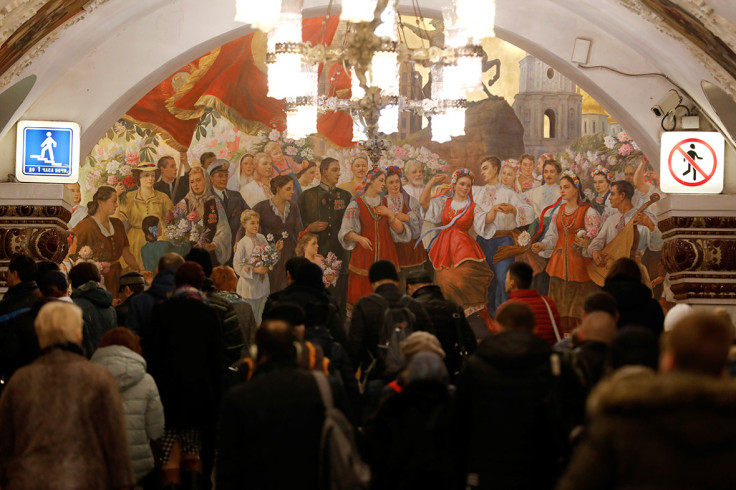
The Metro has been expanding quickly in the last few years, and modernising with one eye on the World Cup that Russia will host in 2018. It now has free WiFi, and announcements in English are gradually being introduced across the numerous lines. In the more tourist-friendly stations, "selfie spots" have been designated on the floor to help passengers get the best photo with a Metro architectural highlight in view. A ballet version of Dostoyevsky's novel "The Idiot" was recently performed in the station named after the author.
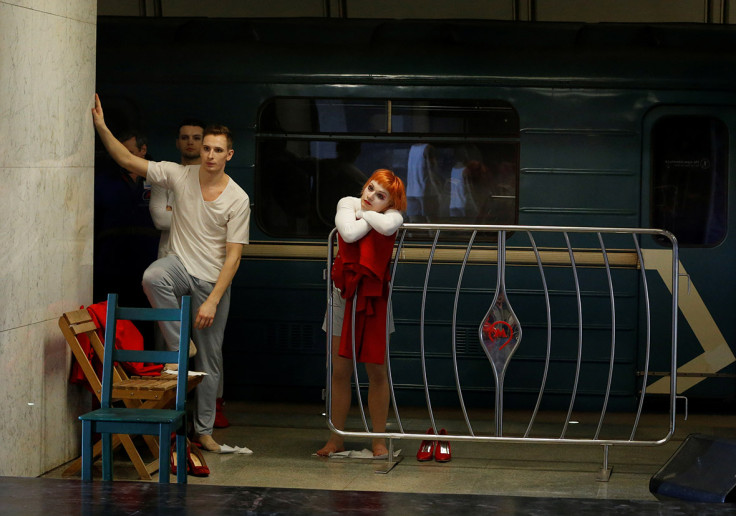
The Metro finally seems to have realised how iconic it is, and has introduced tourist stands with Metro-related gifts. The souvenirs include an 8-cm model of the guard and the dog (rub the nose at home to your heart's content for 2,900 roubles or £39.75) or coasters with Metro mosaics on them, including one of Lenin.
London has the world's oldest underground rail system; the New York City subway system has the most stations; the Shanghai Metro system is the world's longest; and the title of world's busiest is a closely-fought battle between Shanghai, Beijing and Tokyo. But when it comes to the city with the world's most beautiful Metro system, there's a clear winner: Moscow.


















© Copyright IBTimes 2025. All rights reserved.
















